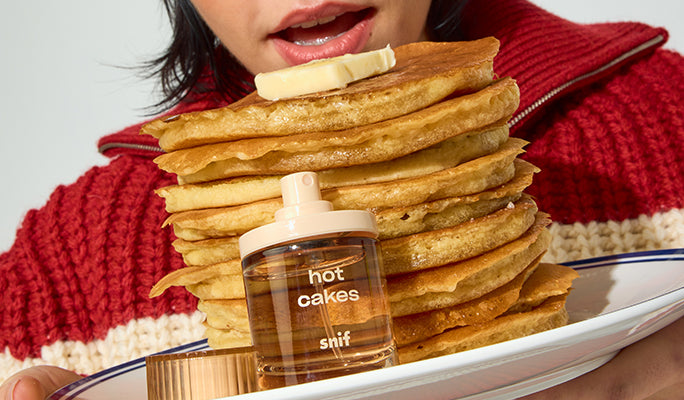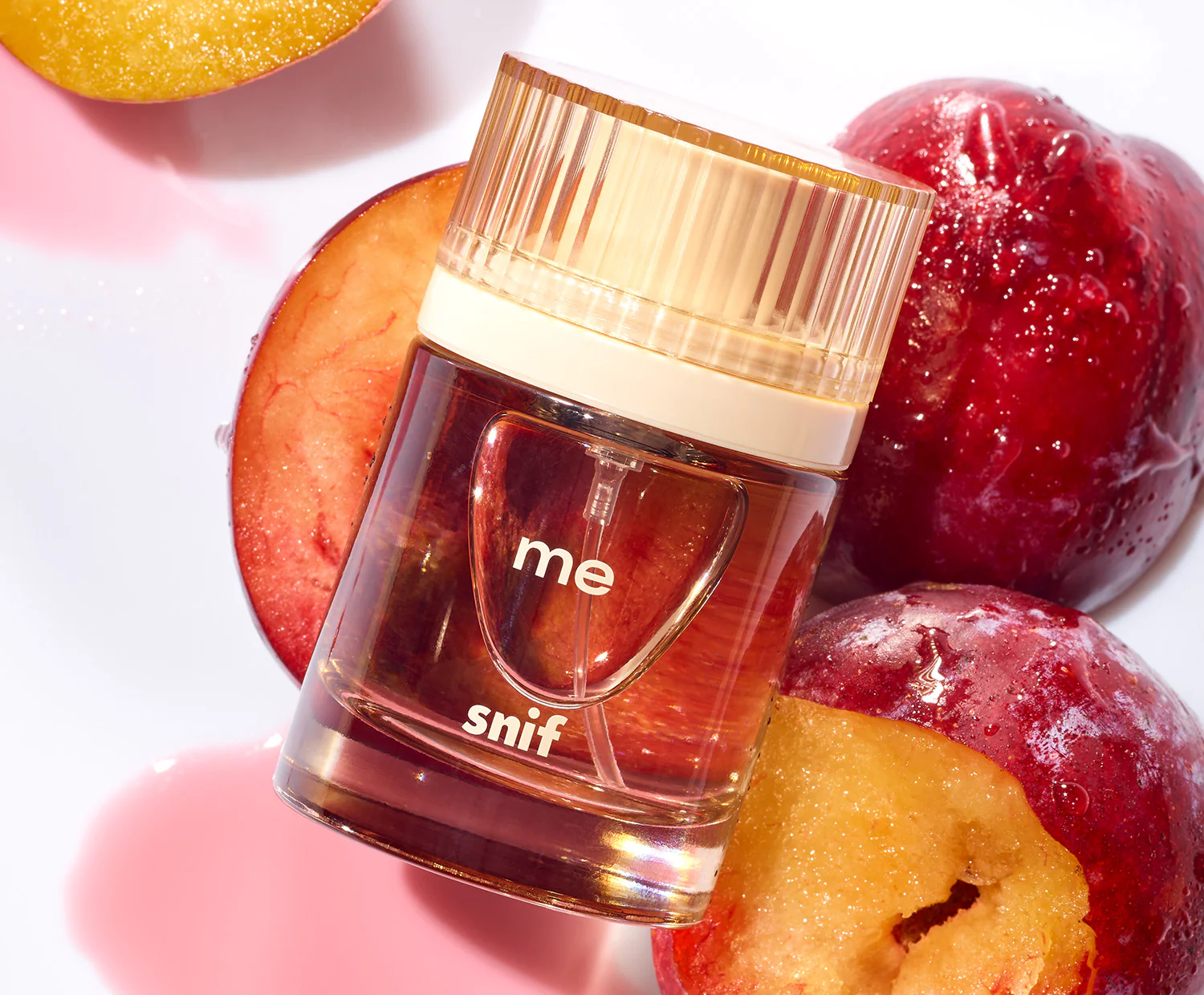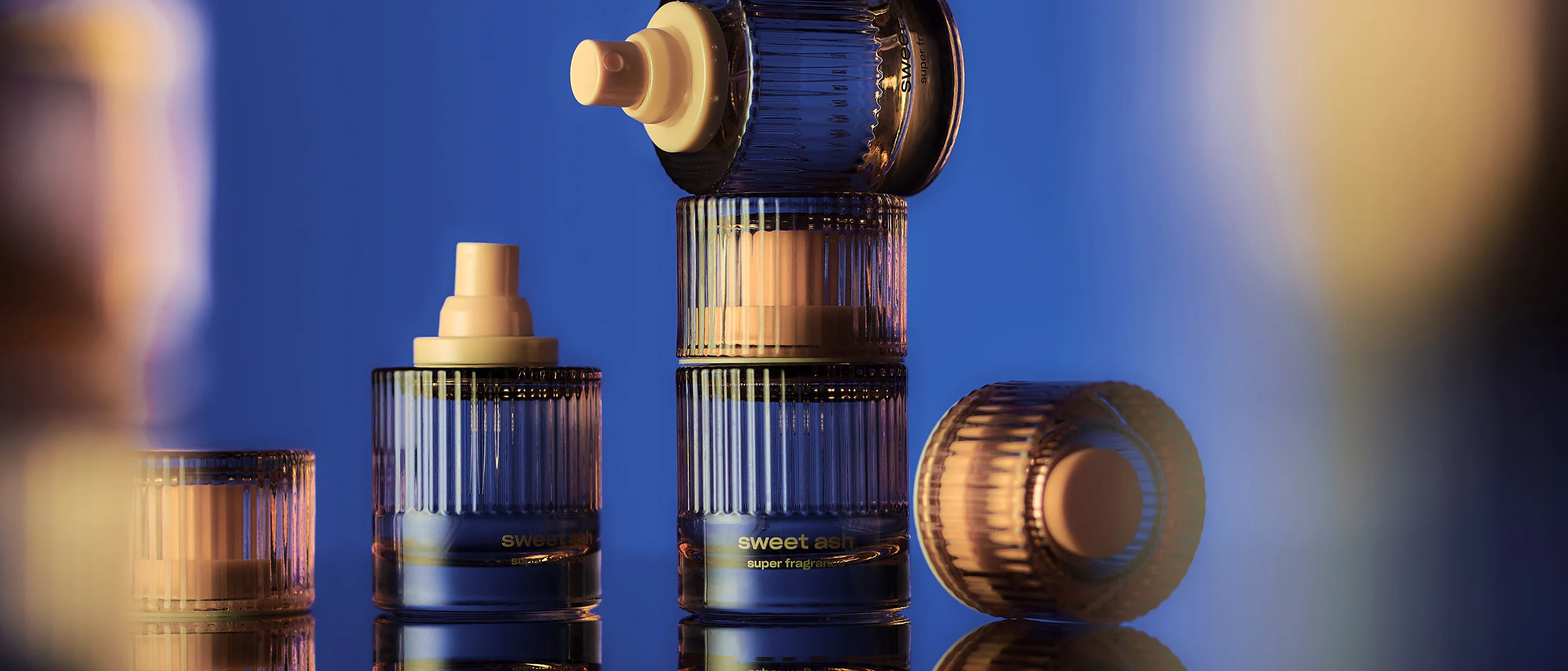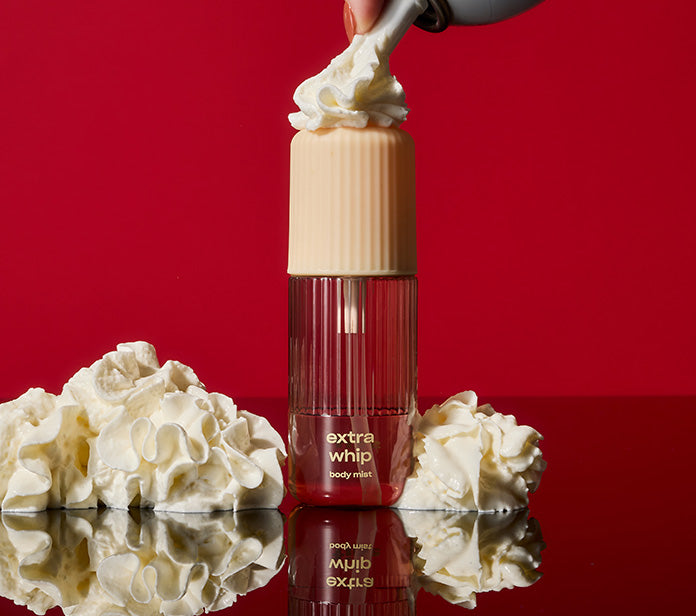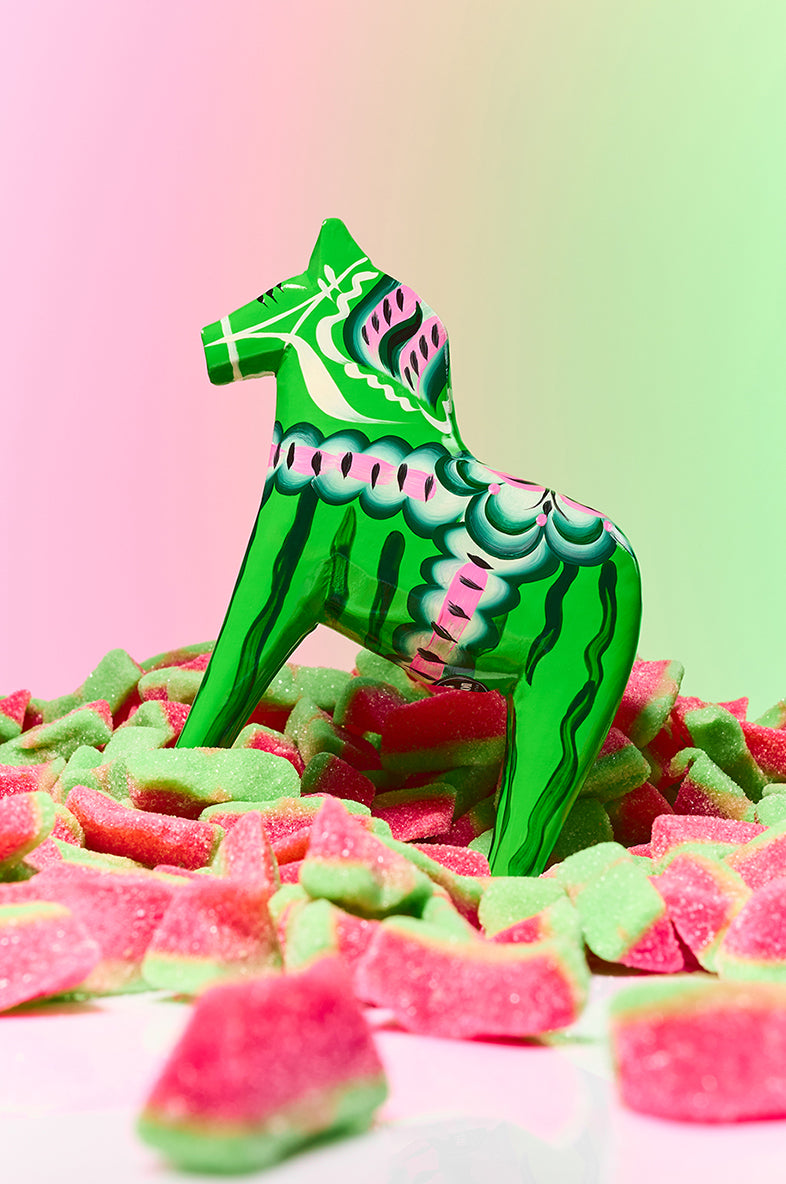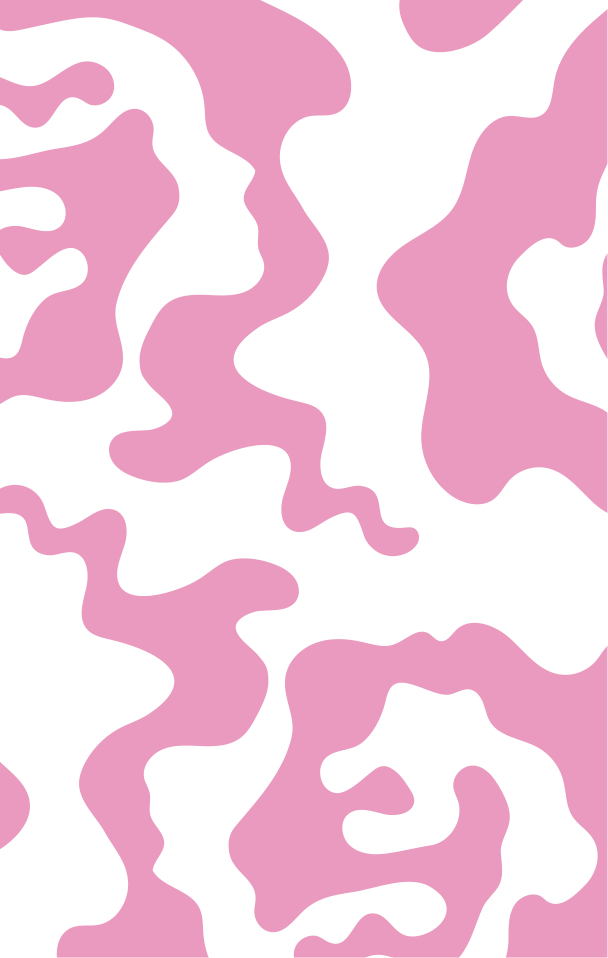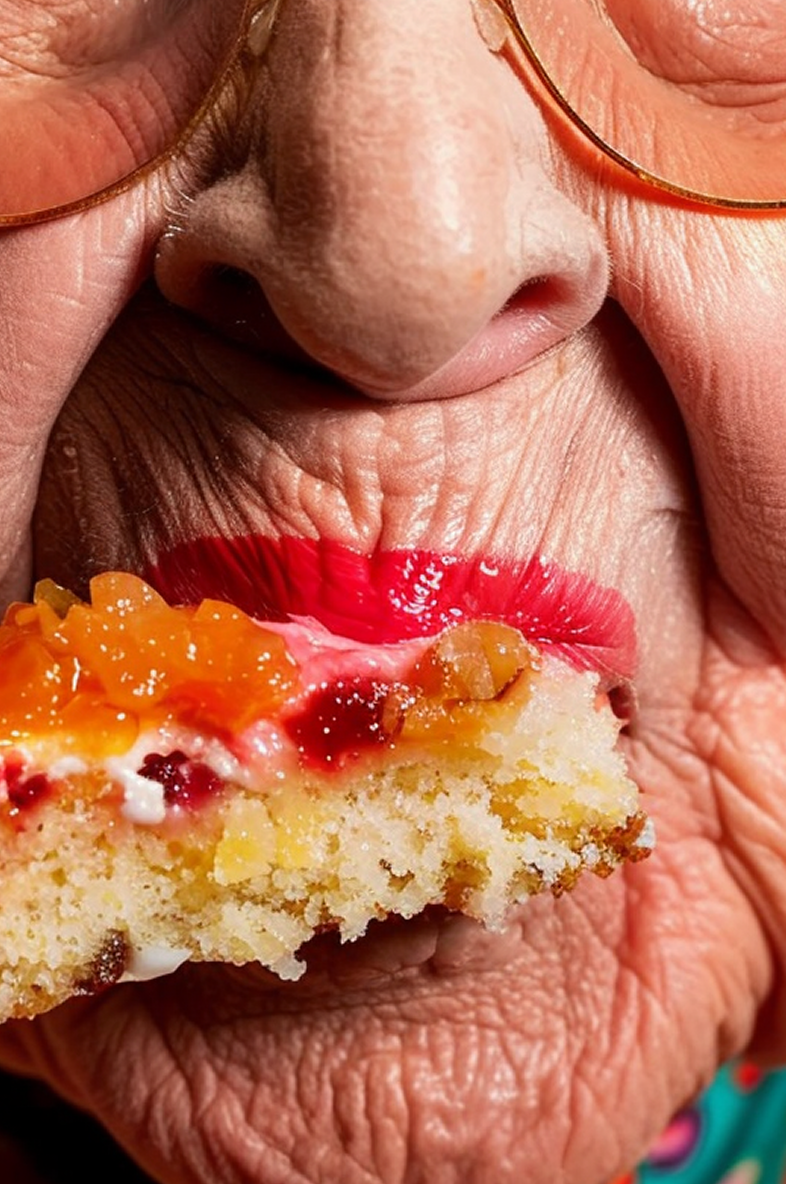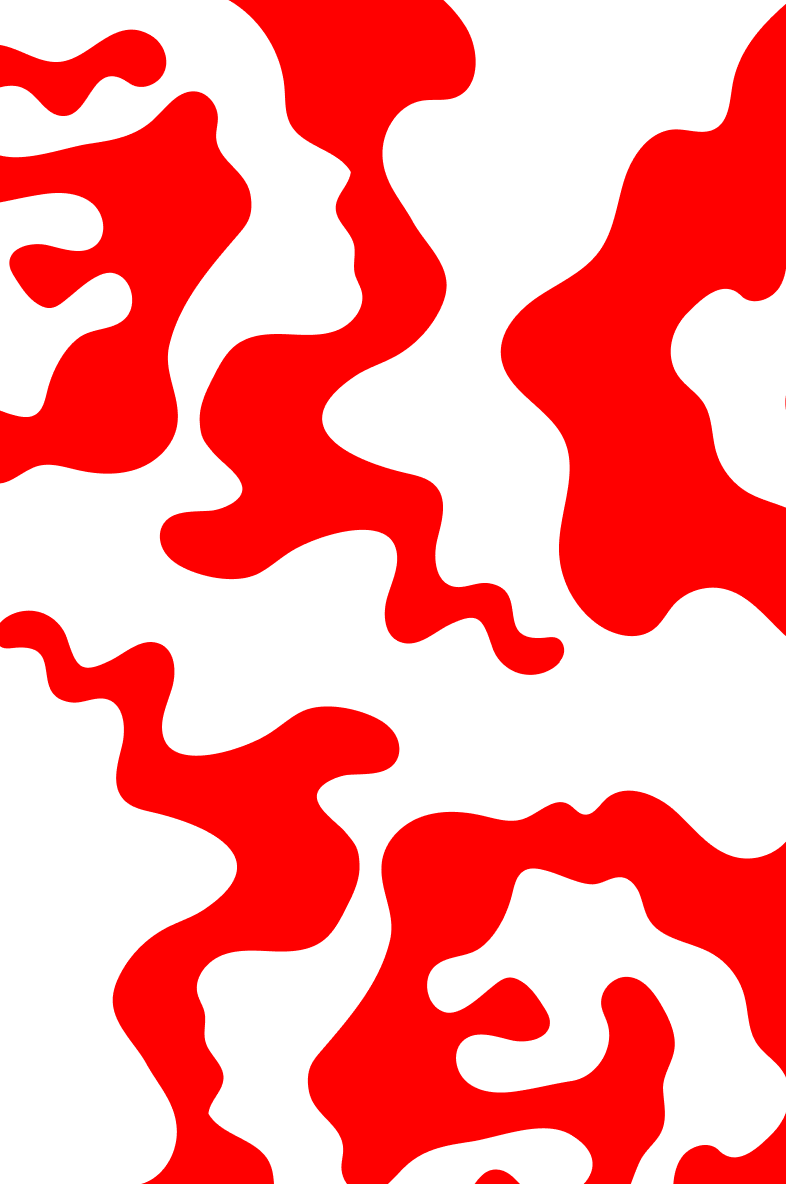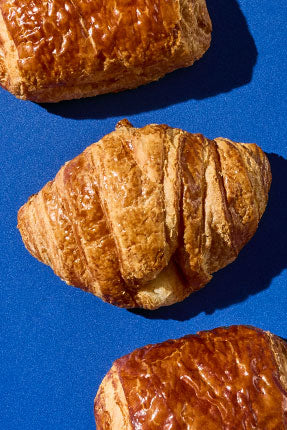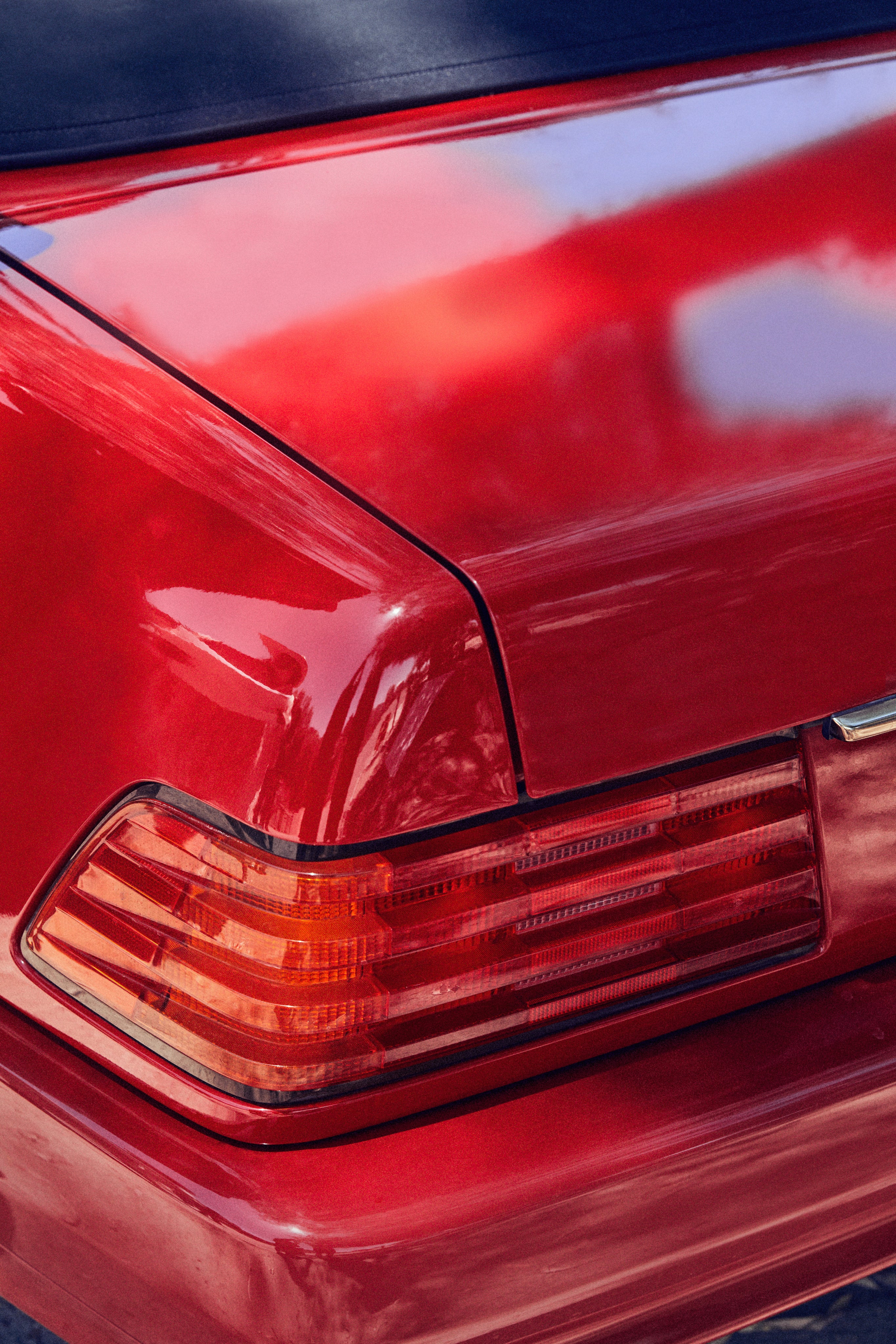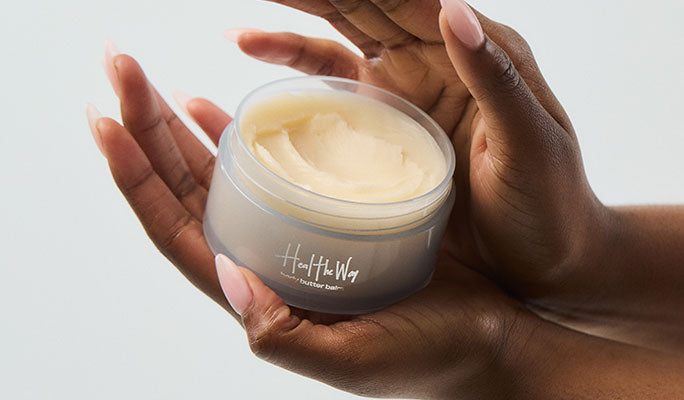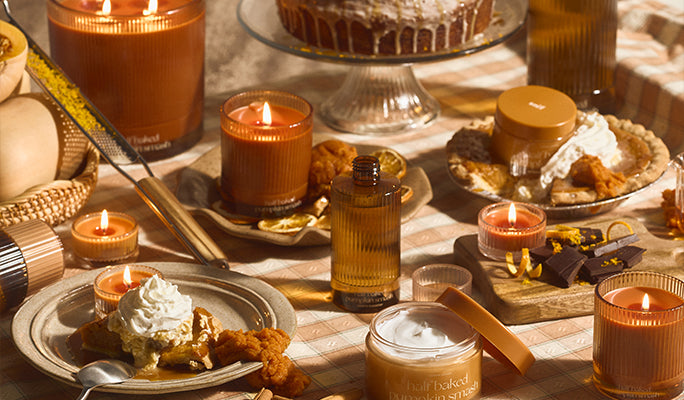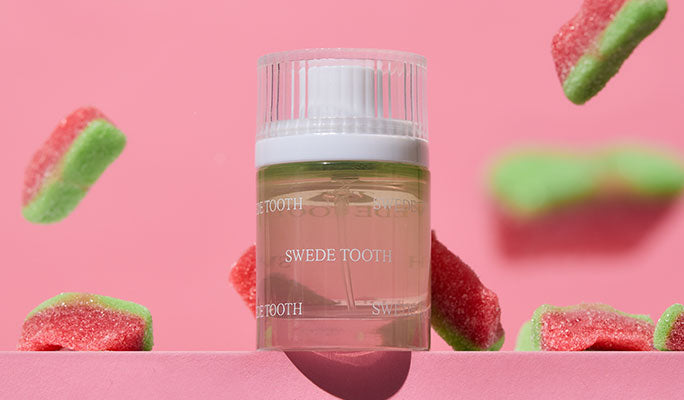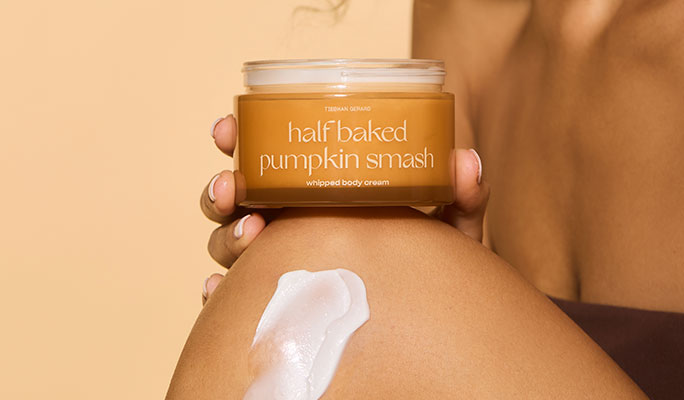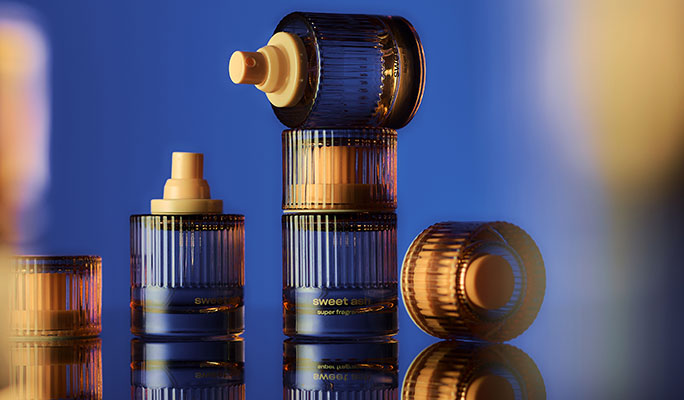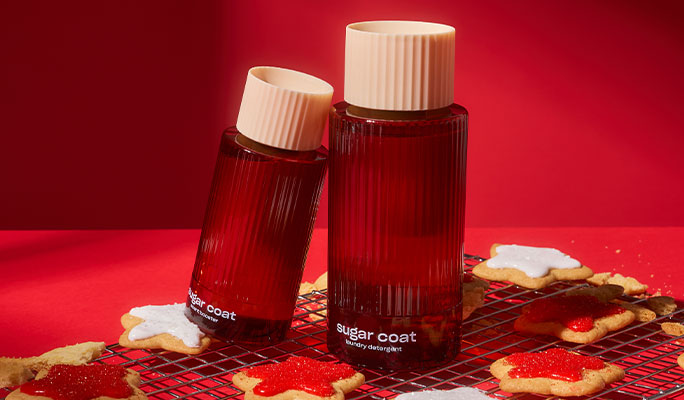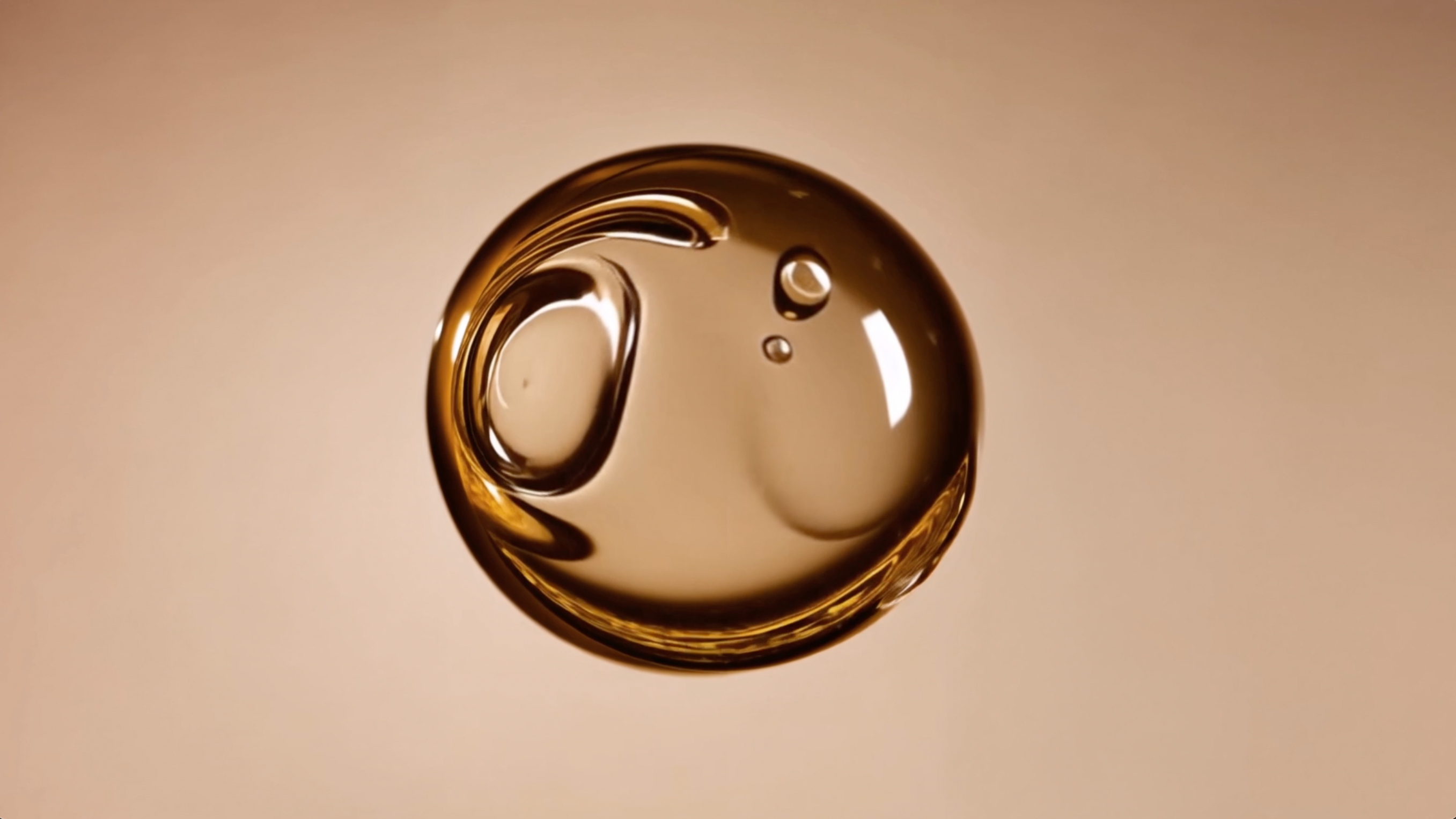When most people think of doing laundry, they think of a time-consuming chore that just might leave some of their favorite pieces destroyed. Although we can’t promise to make your washing machine more efficient, we can give you a step-by-step guide to simplify the laundry process so that your clothes smell as good as your home.
In this article, we’ll take you through the eight steps of doing laundry to make sure your clothes come out looking new and smelling amazing.
How Do You Do Laundry?
Just like with other overwhelming tasks, it’s best to think about the process of doing laundry as a series of steps rather than one big item to be crossed off your to-do list. Regardless of the amount of laundry you’re doing, whether it’s just a load for yourself or one for the entire family, with these eight simple steps, your clothes will be cleaned, dried, and folded in no time.
1. Separate Lights and Darks
The first step you’ll need to take to do your laundry is to separate your lights and darks. This means that all of the light-colored clothes, think pastels, cream, whites, light grays, and anything with a print on a light background, should all go in one pile. In the other pile, put all of the black, red, blue, brown, and dark colors.
This is a great rule of thumb to follow in most instances. However, if you have some clothes that are especially soiled, they should go in their own pile, even if you’re washing clothes of that color as well. For example, maybe you went for a particularly muddy hike or spilled a bunch of tomato sauce on yourself at dinner. In those instances, those garments deserve a little extra attention.
2. Pre-Treat Stains
Now that your clothes are sorted, it’s time to pretreat stains. Use a good stain remover or a combination of vinegar and baking soda to remove stains. This gives your clothes the best chance to come out of the wash totally clean and stain-free.
3. Read the Care Labels
Once your colors are sorted and the stains are treated, it’s time to read the care labels on your clothes. Although it might seem like a lot of work before the laundry has even begun, reading the care labels will ensure that your favorite pieces don’t fall victim to the washer.
Sort your clothes based on their care labels and fabric. Among the lights, your white clothing should go in a separate pile from the towels and sheets, especially if you want to bleach it. Your T-shirts and jeans should be put together and separated from more delicate fabrics.
In special instances, some care labels may indicate that you have to hand wash your item based on the fabric type. In that case, when clothes are not machine washable, you can either wash them by hand at home or bring your delicates to the dry cleaner.
4. Check Pockets and Zippers
Once you’ve read all the care labels on your clothes, make sure to search through all of your pockets and remove any items you find.
It’s easy to throw your clothes in the laundry basket with receipts, money, pens, gum, coins, and all kinds of things still in your pockets. To get the best wash (and make sure nothing is damaged during the process), it’s always a good idea to give your clothes a quick once-over before adding your detergent.
It’s also important to button buttons and close all the zippers on your clothes before you wash them. Doing so will make it less likely for garments to get tangled up and cling to one another in the machine.
5. Add Detergent and Scent Boosters
You’re finally ready to add your clothes to the washing machine! Use a gentle, all-purpose laundry detergent. Look for detergents with more active ingredients like enzymes and surfactants, as these are the ingredients that actually remove stains and eliminate odors.
It’s always a good idea to measure your detergent, because getting the amount of detergent right is crucial for a successful load of laundry. If you put too little detergent in, your clothes might not come out smelling nice and clean. On the other hand, if too much detergent finds its way into the machine, your clothes might come out with a sticky residue.
Using scent boosters is a matter of personal preference, but it can be an amazing way to amp up the scent of your laundry — just make sure to choose one of your favorite scents for the best experience.
If you have clothes that are particularly dirty, you can try adding some vinegar to the wash cycle as well. This can help kill any odor-causing bacteria and give your clothes a fresher smell.
6. Choose Your Water Temperature
Choosing the correct water temperature for your clothes is an age-old debate, with people weighing in in favor of both. That being said, a good rule of thumb to follow is that if you’re ever in doubt, cold water is always the best option because it will preserve the color of your clothes, and you won’t risk shrinking them.
However, in some instances, you may need to use hot water. For things that come in direct contact with your skin, like towels, bed sheets, underwear, and undershirts, it’s best to wash them in hot or warm water to get rid of all body oil. Also, if you have a garment that’s really dirty or stained, a hot cycle might do a better job at getting rid of dirt that’s caked on.
7. Choose Your Wash Cycle
Most washing machines nowadays have a seemingly infinite number of wash settings. Luckily, most loads will do perfectly fine on a normal or standard cycle. For really bulky or soiled clothes, you might want to choose a longer, “heavy duty” cycle to make sure they get deeply cleaned.
The speed of a cycle lets us know how fast your washing machine is going to tumble the clothes and then spin the water out. A “permanent press” cycle is the most standard option and entails a fast tumble cycle followed by a slow spin cycle. This will usually work for all types of clothes.
If you see an option that includes a fast tumble cycle and a fast spin cycle, that should be your go-to for heavily soiled or really bulky items. For delicate fabrics or items like bras, choose a “gentle” or delicate cycle that will both tumble and spin the clothes slowly.
8. Start Cycle
The next and easiest step in the process is pressing start and letting your laundry machine simply do its thing. This is a great time to get other little chores done around the house, or, if you’re doing your laundry at a laundromat, an excellent opportunity to catch up on some reading or phone calls.
9. Tumble Dry or Hang Dry
Once you hear the little jingle of your washing machine signaling that the cycle is completed, it’s time to dry your clothes. For this step, you’re going to want to refer to the care labels again to see if any of your clothes have special drying instructions.
Whenever you have the opportunity, line-dry your clothes or dry them with a drying rack. This can save you money, and it’s eco-friendly. Plus, it can also help make your clothes last longer because they don’t have to tumble through a dryer cycle and be exposed to the heat.
That being said, if you don’t have enough sunlight or space (or time) to hang dry your clothes, using a dryer is a great option. There are usually three to four dryer settings on a standard drying machine, including options for heavy and delicate cycles.
You’ll generally want to put your bulky items in for a heavy cycle and the rest of your clothes in for a standard cycle, as long as they don’t have any special instructions. For more delicate items like undergarments, make sure you dry them using the delicate setting, or allow them to air dry instead of using the machine.
If you want your clothes to come out smelling super fresh and extra soft, toss some dryer sheets into the machine with your clothes.
10. Fold Dry Clothes
It can be tempting to allow your clean clothes to sit in the dryer while you finish that one episode of your favorite show, but it’s best to resist this temptation if you want to keep your clothes from wrinkling.
You’ll want to fold chunky items like jeans and sweaters and hang more delicate items like dresses and linens. If you have silky clothing, it may be worthwhile to invest in a velvet hanger set so that they don’t slip right off as soon as you hang them.
What Are Some Laundry Hacks and Tips?
Now that we’ve talked about the basics, we’ve got a few bonus hacks to make your laundry experience even easier:
Use a Mesh Bag for Delicates
Sometimes, setting the washer to a gentle cycle isn’t enough to keep your garments safe from damage. Use a laundry mesh bag for your delicates before putting them in the machine to help prevent tearing and stretching (and keep your items organized).
Pin Socks
We’ve all been victims of socks long lost to a laundry cycle. If you have trouble keeping your socks in pairs, pin them together before putting them in the wash — this even helps minimize the time it takes to fold your laundry later.
Clean Your Machine
If your clothes don’t seem to be as fresh or fragrant as usual, it might be a sign that it’s time to clean your washing machine. An easy way to do this is to run a laundry-free cycle on the hottest setting with a cup of baking soda and two cups of vinegar.
When it’s done, just wipe down the inside with a clean cloth!
The Laundry Lowdown
Now you have all the laundry tips and information you need to get your clothes clean the right way. From the initial step of sorting your laundry to perfecting the final fold, laundry doesn’t have to be a task that you dread. As long as you have a clear strategy and know what to pay attention to, you’ll be out of the laundry room in no time with clothes that smell as good as your home.
Sources:
(PDF) Laundry Detergents: An Overview | ResearchGate
(PDF) Fabric softeners: An overview | ResearchGate
Line Dry Your Clothes | McQueen Textile Research Group
(PDF) An Empirical Study of Energy Efficiency of Clothes Dryers | ResearchGate
